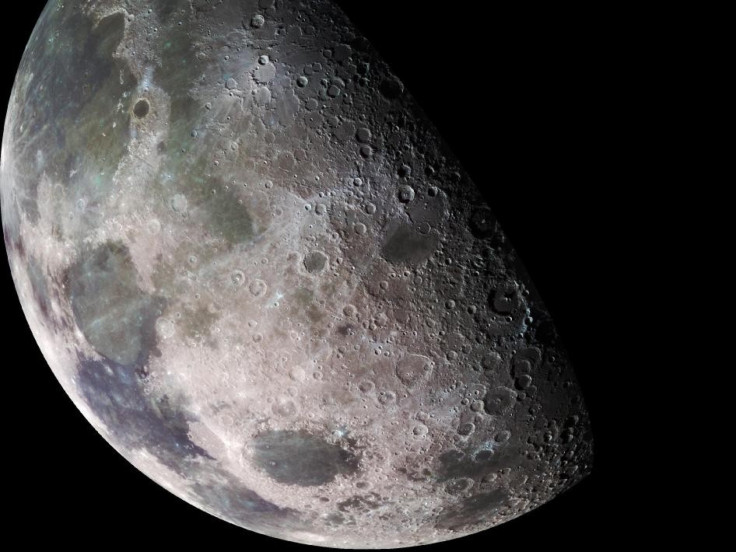Moon Sheds 200M Years in New Study

The moon may be younger than first thought, as new techniques have emerged that date moon rocks to a much more recent time.
Scientists have long held that the moon was 4.5 billion years old after a giant object slammed into the earth. The new moon, formed freshly from a collision, took tens of thousands of years to cool, the theory states.
But a new method to analyze ferroan anorthosites (FANs), thought to be the oldest lunar crust rocks, tells a different story.
Scientists investigated moon rock samples collected during NASA's Apollo lunar landings to find that they apparently crystallized about 4.36 billion years ago, well after the moon is thought to have formed.
The new, younger age obtained for the oldest lunar crust is similar to ages obtained for the oldest minerals on earth, zircons from western Australia -- suggesting both the earth and crust formed at the same time.
"It's not as ancient as we might think," said study chief author Lars Borg, a geochemist at the Lawrence Livermore National Lab. His study appears online Wednesday in the journal Nature.
Until now, analytical techniques were not sophisticated enough to date the sample of FAN rock.
But technology now allows isotopes of the elements lead and neodymium to be measured and dated, giving a more accurate age of the rocks.
The researcher said that the findings allow for one of two possibilities: the moon is 200 million years younger than previously thought, or the theory that the moon use to be a molten ocean is wrong.
Borg's discovery, published in the latest Nature, comes on the heels of a proposal that the Earth once had two moons that later merged in a slow-motion collision.
This could explain the varying ages that have been reported for lunar FAN samples, but Borg is cautious: "The ages of most FANs are not determined with enough confidence or with enough temporal resolution to rigorously assess this possibility," he told Nature.
The study is also based off a single sample of rock, which may not characterize the whole moon.
Possibilities remain for the rock to have its origin in a smaller molten rock ocean or at the time when the moon was bombarded by space debris, which was much more common a few billion years ago.
© Copyright IBTimes 2024. All rights reserved.





















